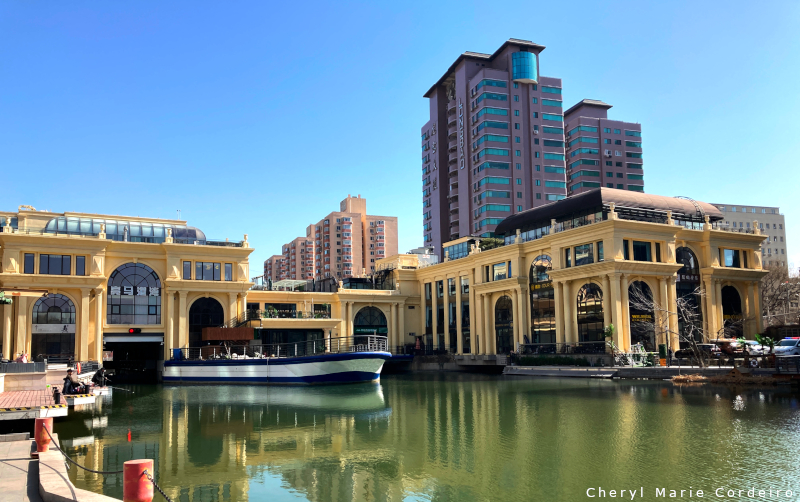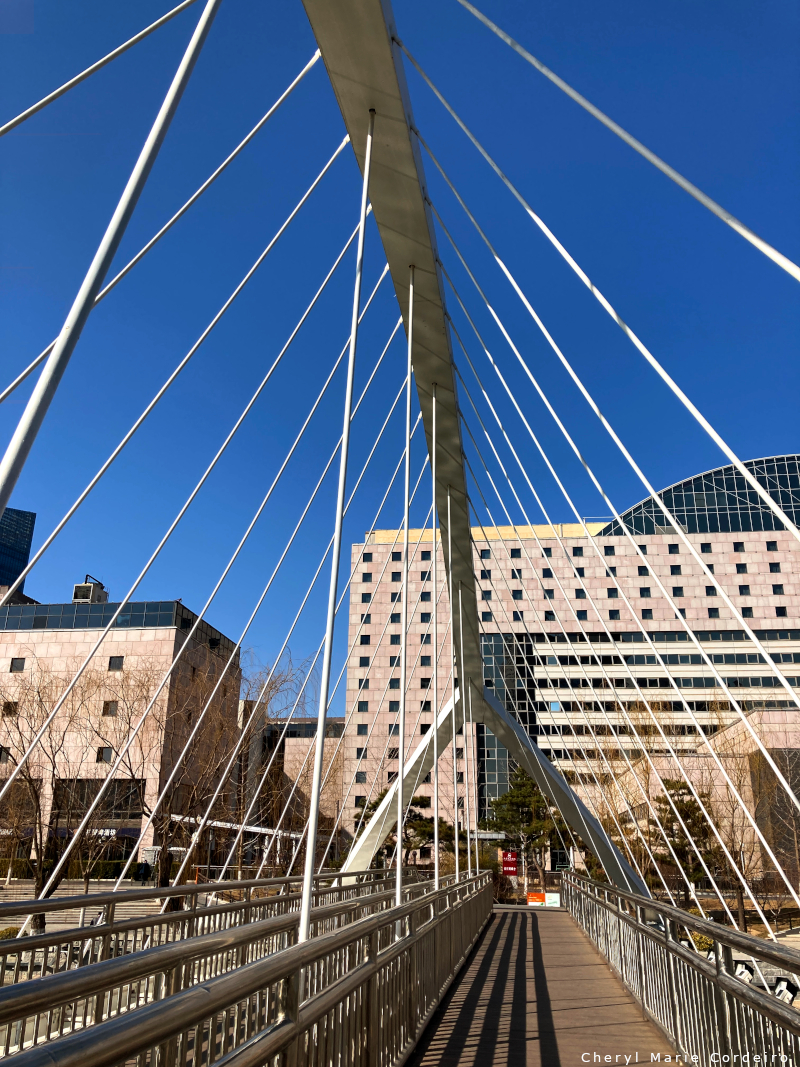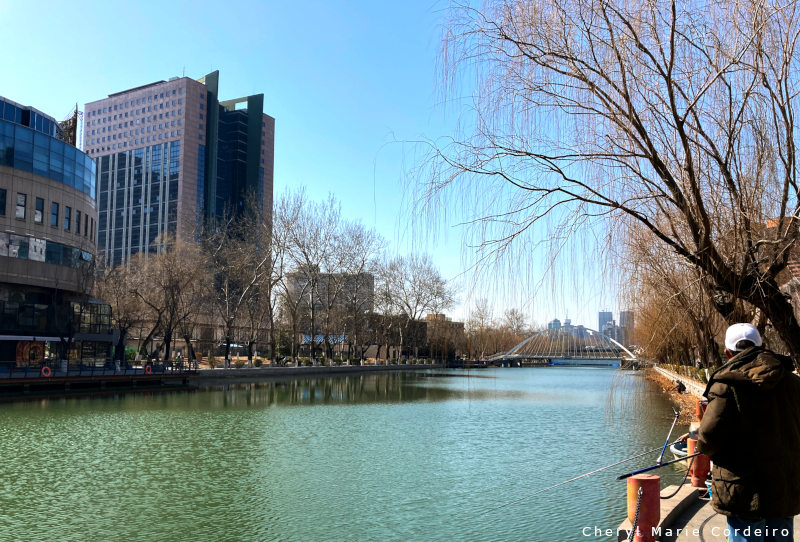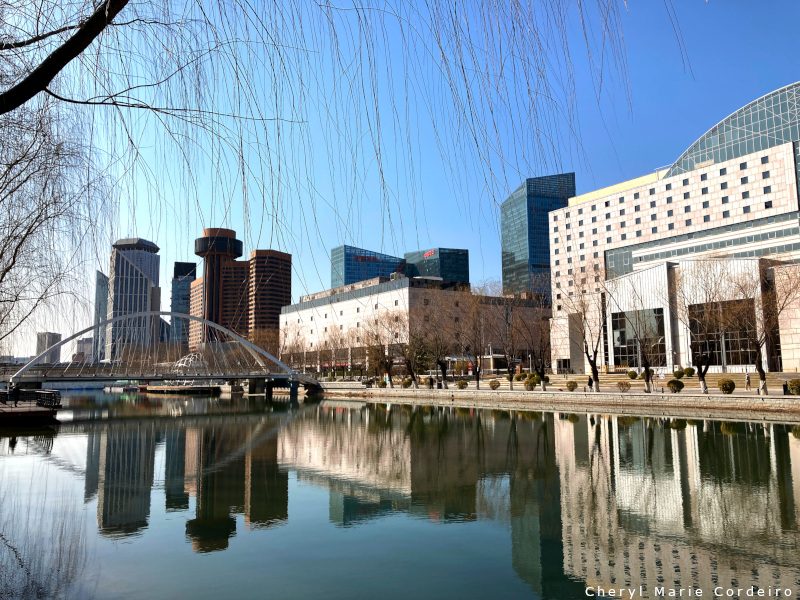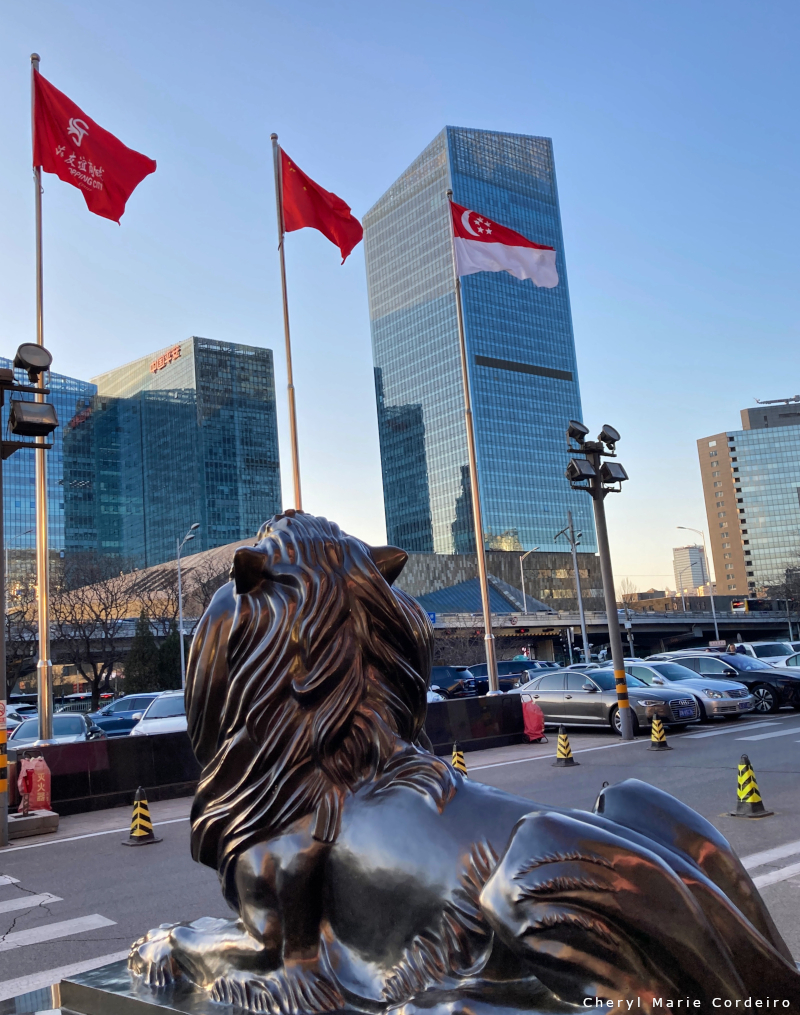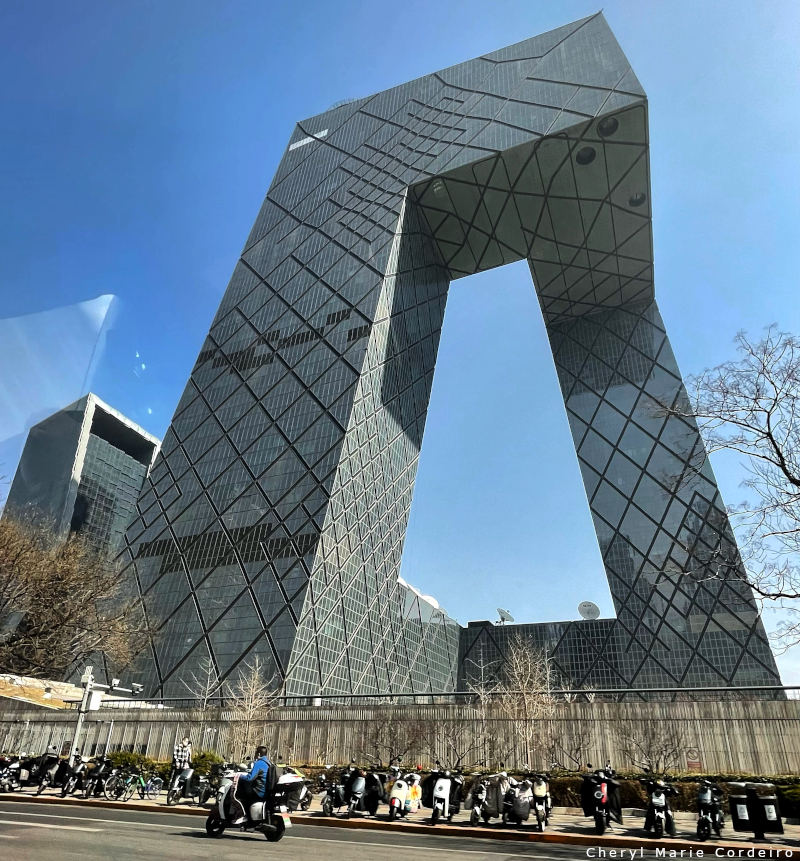One of my favourite city sights of Beijing, China, the CCTV Headquaters. Located in the Beijing Central Business District, this stunning 51 storied skysraper on East Third Ring Road was awarded the 2013 Best Tall Building Worldwide from the Council on Tall Buildings and Urban Habitat.
Text & Photo © CM Cordeiro & E Sindhöj 2023
My last visit to China was in 2019, to the cities of Shanghai, and Chengdu. Shanghai, located on the eastern coast of China, is the country’s largest city and a global financial hub and easily one of my favourite cities in China to visit. The city has a modern, cosmopolitan vibe, with glass walled skyscrapers, luxury shopping malls, and a trendy nightlife. Evening walks along the Bund and day time walks around the French Concession, offer glimpses into the city’s colonial past. Chengdu, located in southwest China, is memorable for its more relaxed city vibes and lifestyle, spicy cuisine, and adorable giant pandas. I have written about dining at its many traditional tea houses, meandering through its parks, and contemplating the symbolic architecture of its temples.
It’s 2023, and it has been nearly two decades since my last visit to Beijing, which was in September 2005. At that time, I was in the city to attend The Swedish exhibition of Chinese Porcelain at the Palace Museum, Beijing. Over the last few decades, Beijing has undergone a tremendous transformation, evolving from a bustling but somewhat old-fashioned capital city to a global centre for technology, innovation, and culture. Naturally, I was both nervous and excited to revisit the city.
Today, Beijing, the capital city of China, has a population of over 21 million people, making it the world’s most populous national capital. It is China’s second largest city after Shanghai and is located in Northern China. Beijing is governed as a municipality under the direct administration of the State Council and is divided into 16 districts, including urban, suburban, and rural areas. The city is mostly surrounded by Hebei Province, with Tianjin being the only exception. The three regions together form the Jingjinji megalopolis and the national capital region of China.
One of the most striking changes is the city’s skyline and infrastructure. Many buildings around the Central Business District are visually stunning against the azure sky on a cloudless day. But the CCTV Headquarters has to be one of my absolute favourite skyscrapers in the city. Featuring a unique loop-shaped design, the building has won numerous architectural awards for its innovative design.
Over the past few years, Beijing has emerged as a hub for technology and innovation, with a thriving startup ecosystem and a growing number of tech companies. One of the key drivers of this transformation has been the city’s investment in modern and efficient public transportation systems.
The city has an expansive and efficient subway network. Beijing’s subway system, is one of the world’s largest, with 23 lines and over 700 kilometers of track. It connects the city’s sprawling neighborhoods and suburbs with state-of-the-art technology, including automatic train control, real-time passenger information systems, and mobile ticketing options, making it easy and convenient for commuters to travel around the city. Speaking with postgraduate students, it seemed like no big deal to commute two hours daily between home and university.
If there was one striking feature of Beijing that I observed during this recent visit, it would be the silence and serenity experienced midday, midweek in a city with 21 million inhabitants. Listening to the midday quiet, I could’ve have been deceived into believing that I had the city all to myself because of the expanse of individual space afforded.
A large part of the city’s quiet ambience is because Beijing has the largest fleet of electric buses in the world. The city has been making efforts to reduce air pollution, and the adoption of electric vehicles, including electric scooters and cars, has been a key part of this initiative. These electric buses are not only cleaner and more environmentally friendly than traditional diesel buses but also more efficient and cost-effective.
Beijing and Singapore (the city in which I grew up) are two different cities, but one might occasionally sense similarities between them. One moment, you could be walking through a glass façade building with touch screen panels for elevator communication, and the next, you could be shopping for groceries at a traditional wet market and buying traditional sweets and cakes. Sweetened red bean buns seem to be a staple food in both cities.
Whether you’re indulging in traditional Beijing sweets at a wet market or trying out the latest fusion dish at a more modern setting, there is a sense of connection to the city’s past that permeates every aspect of its architecture, its culture, and culinary scene. Beijing’s unique blend of tradition and modernity, coupled with its peaceful atmosphere, makes it an exceptional city that is definitely worth a visit.
Central Business District, Chaoyang, Beijing, China
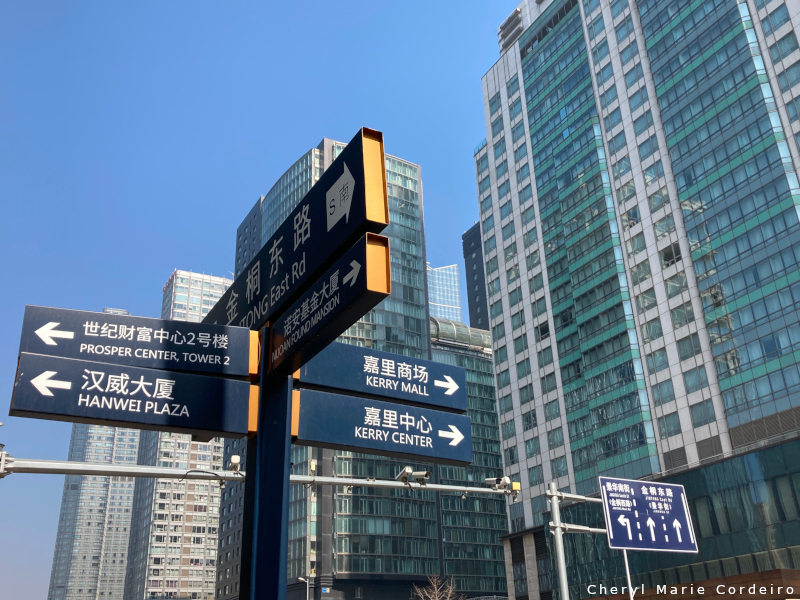
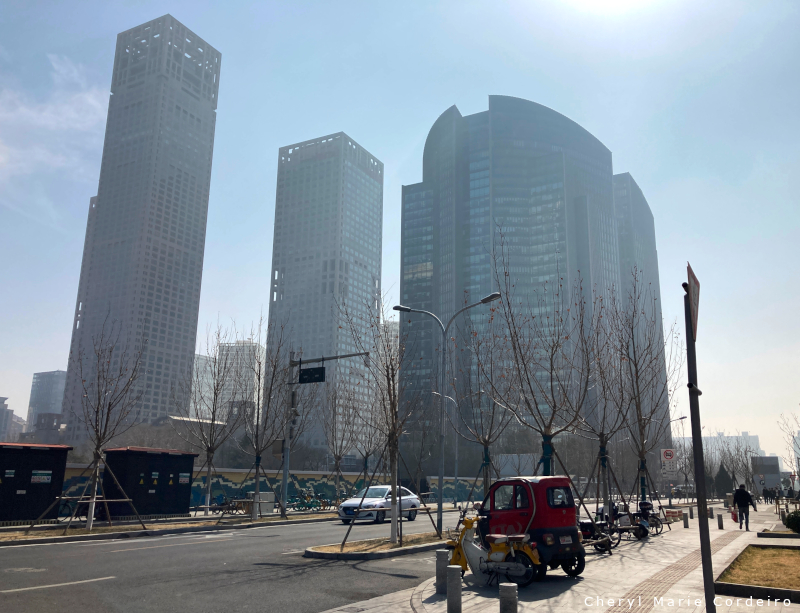

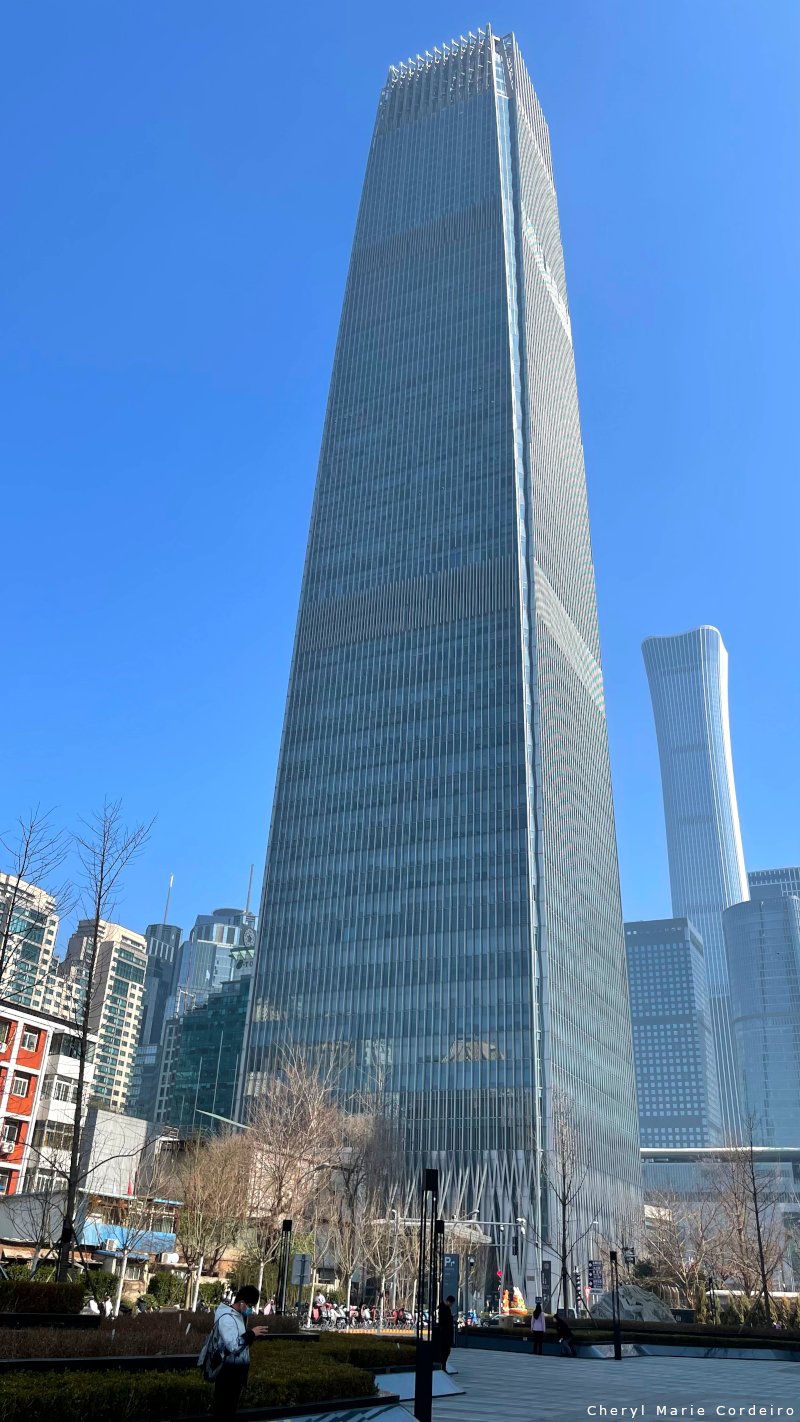
Café Flatwhite, Silk Street Market, Chaoyang, Beijing, China

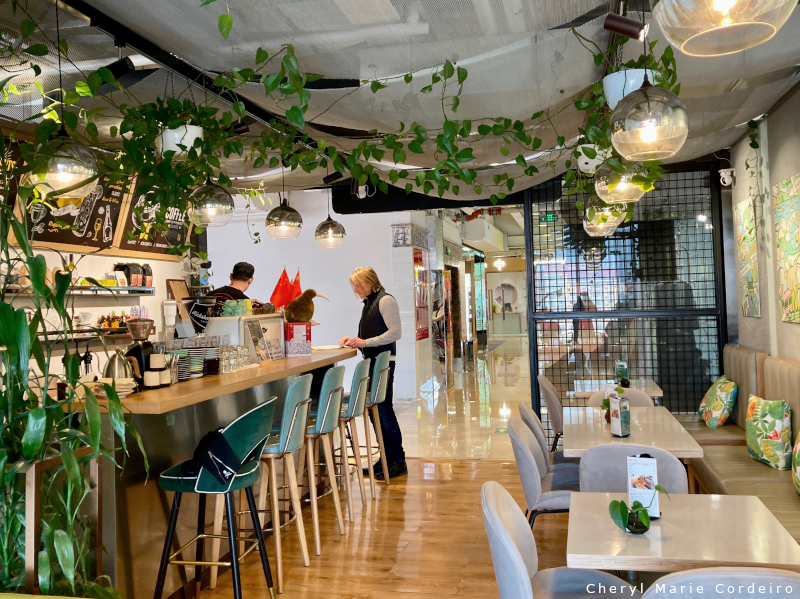
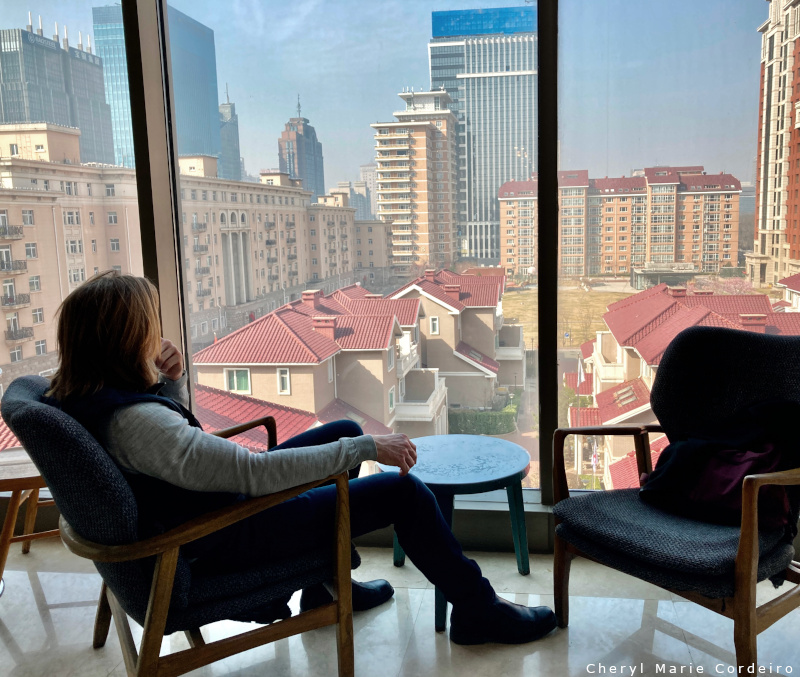
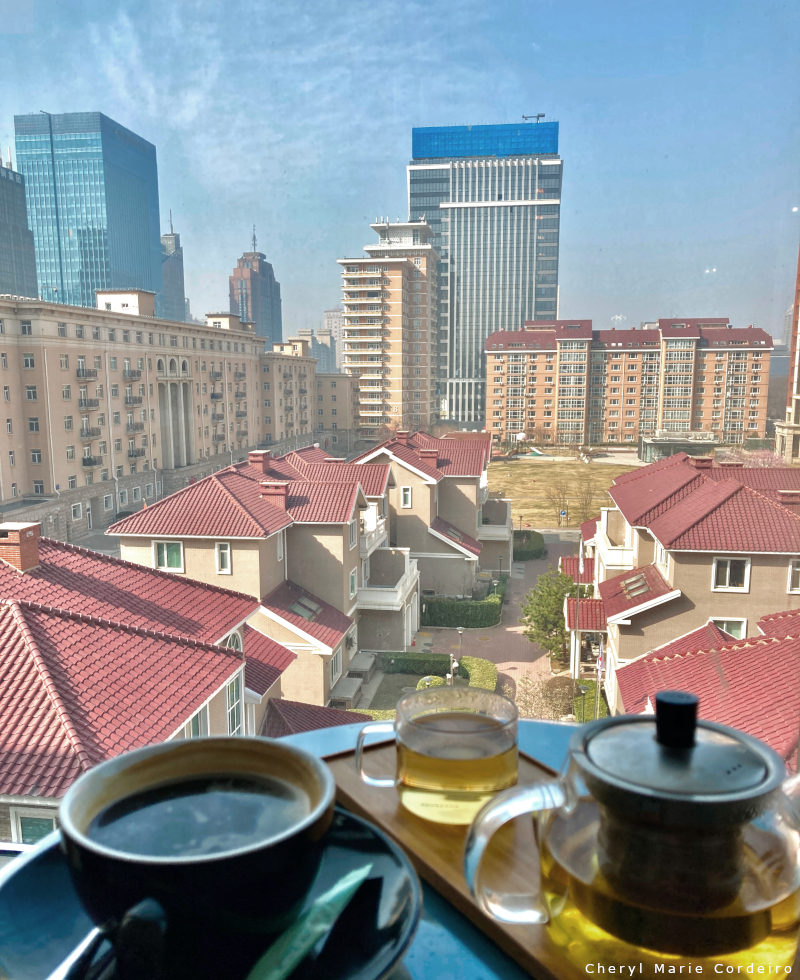
As I sat here, contemplating the sight of various architectural styles and green spaces, I was struck by the similarity of this view, to the Central Business District of Singapore, particularly the area around Cross Street and Amoy Street. This café served really good tea.
Wet market, Chaoyang, Beijing
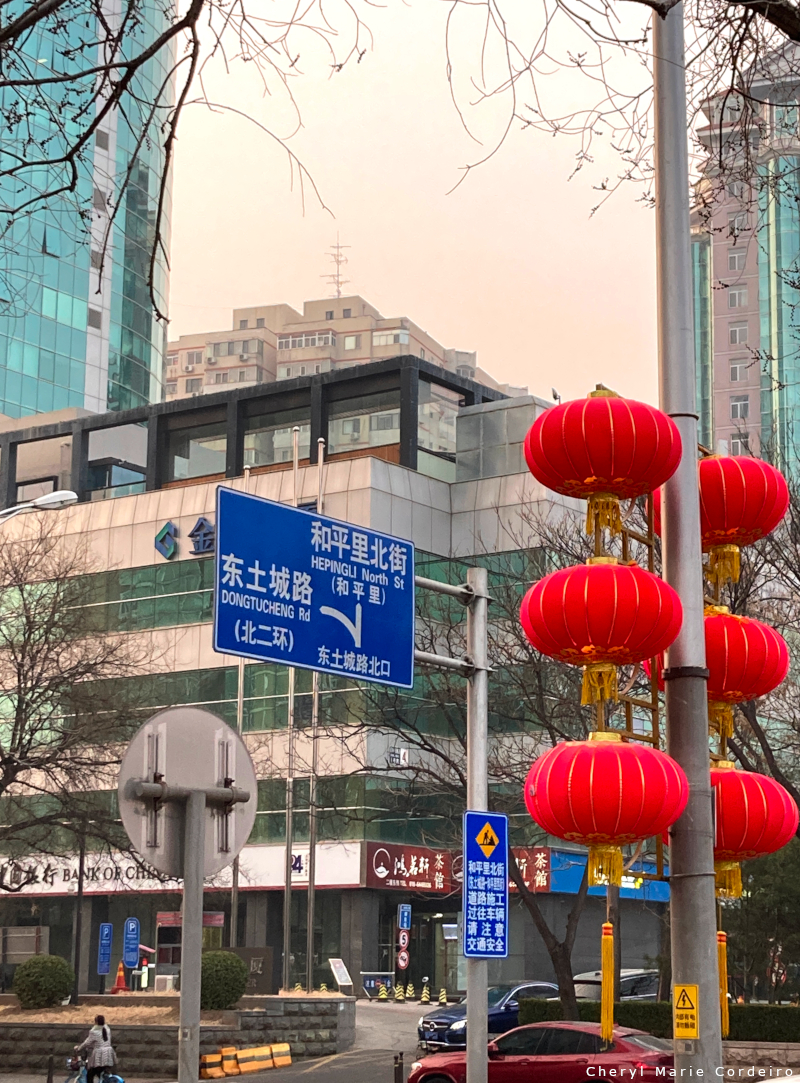
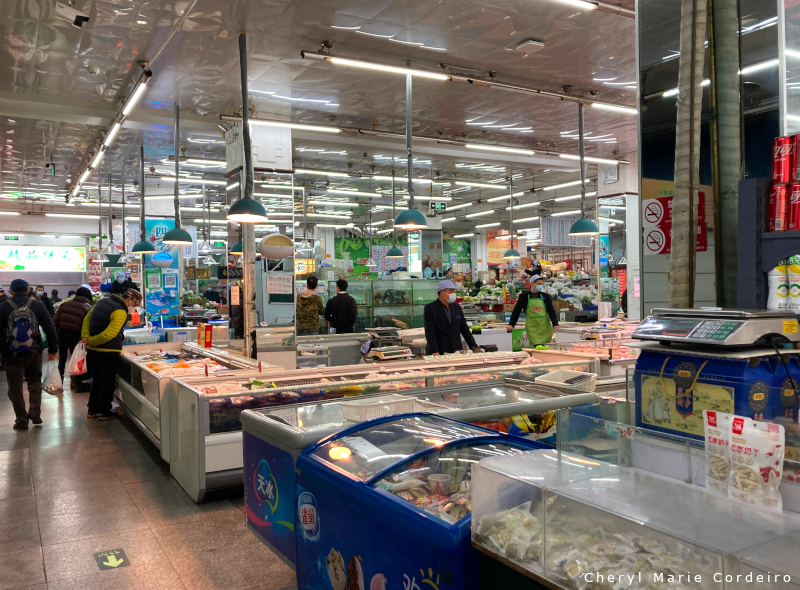
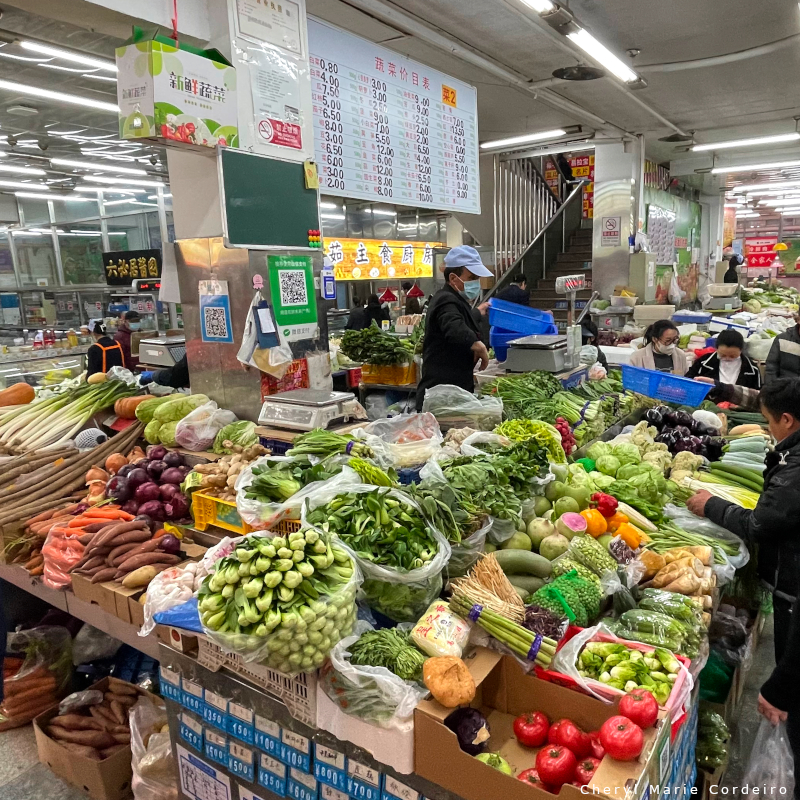
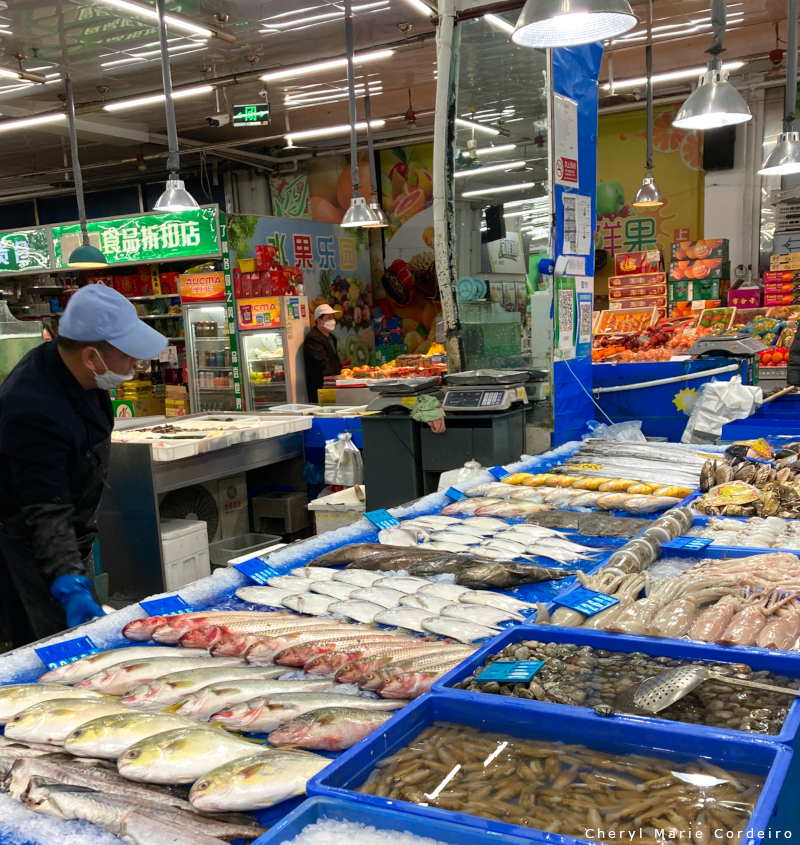
The stalls here reminded me of a combination of a grocery store / wet market you can find in Sinagpore. And no, there were absolutely no wild animals for sale in cramped conditions, caged or otherwise, to be found in this market. In fact, the manner in which raw produce was carefully laid out, reminded me of how produce was handled with utmost care at Mercado de la Ribera, Basque country, Bilbao, Spain (2017, Spain).
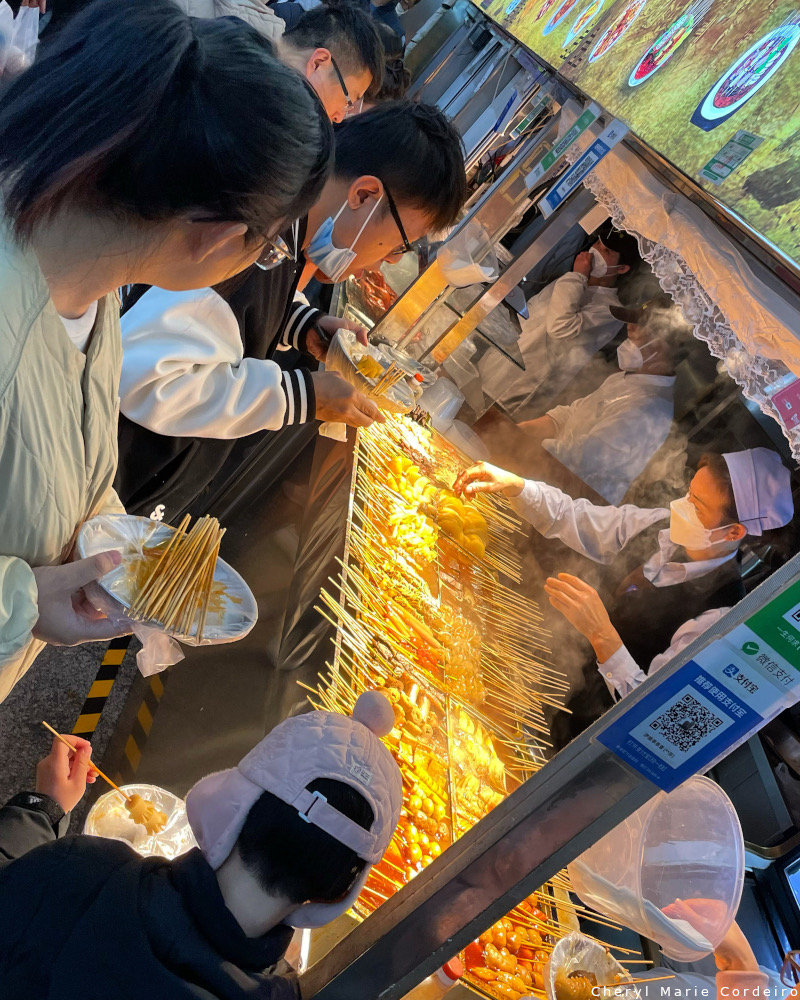
Street food, inside the wet market.
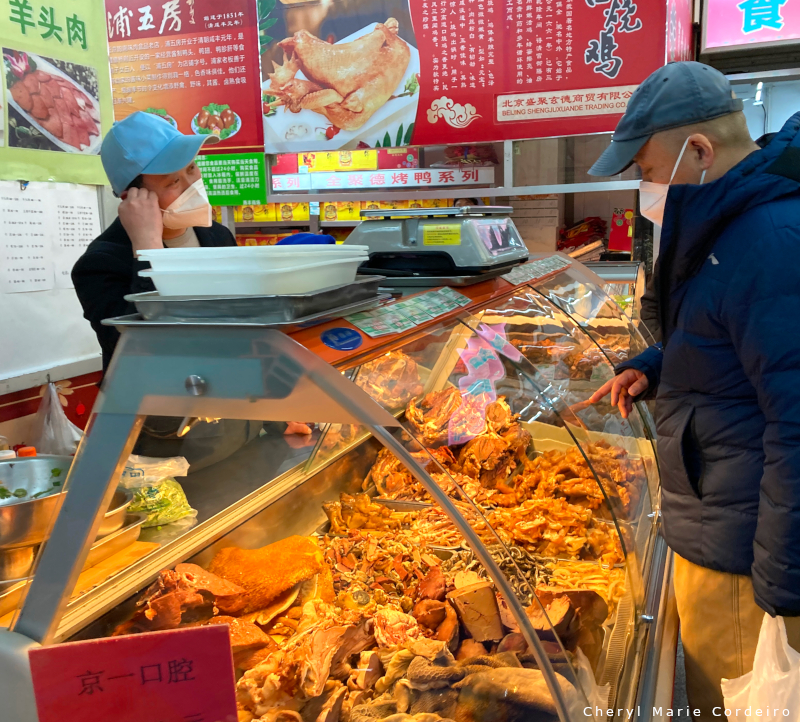
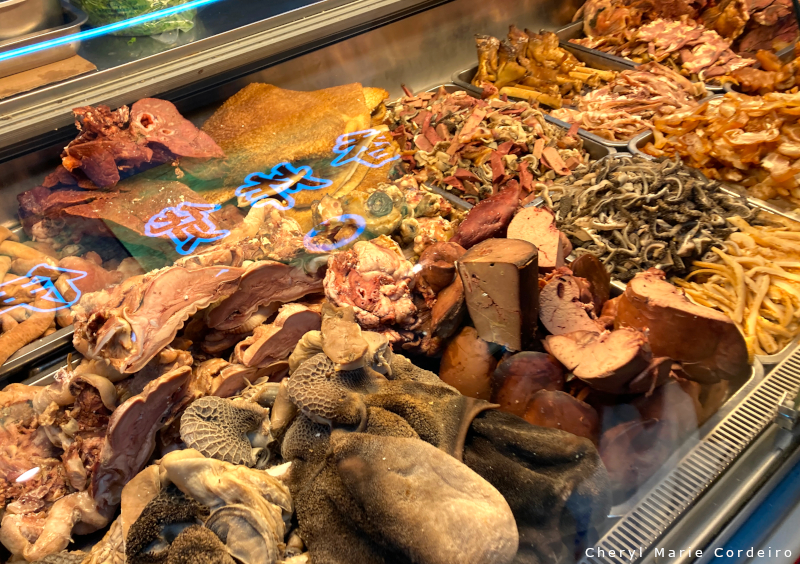
Carnivore, nose-to-tail heaven!
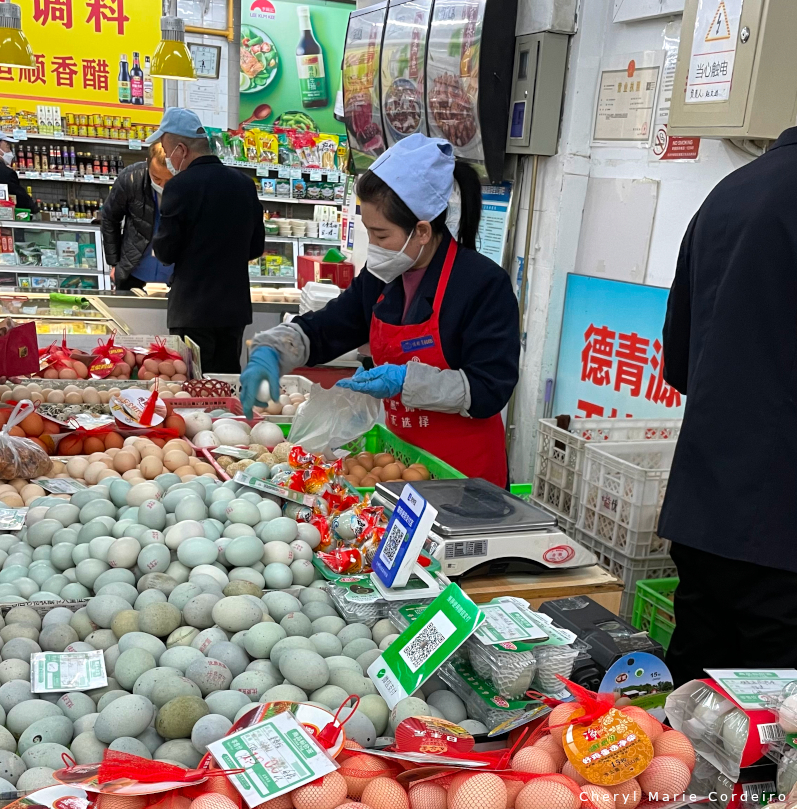
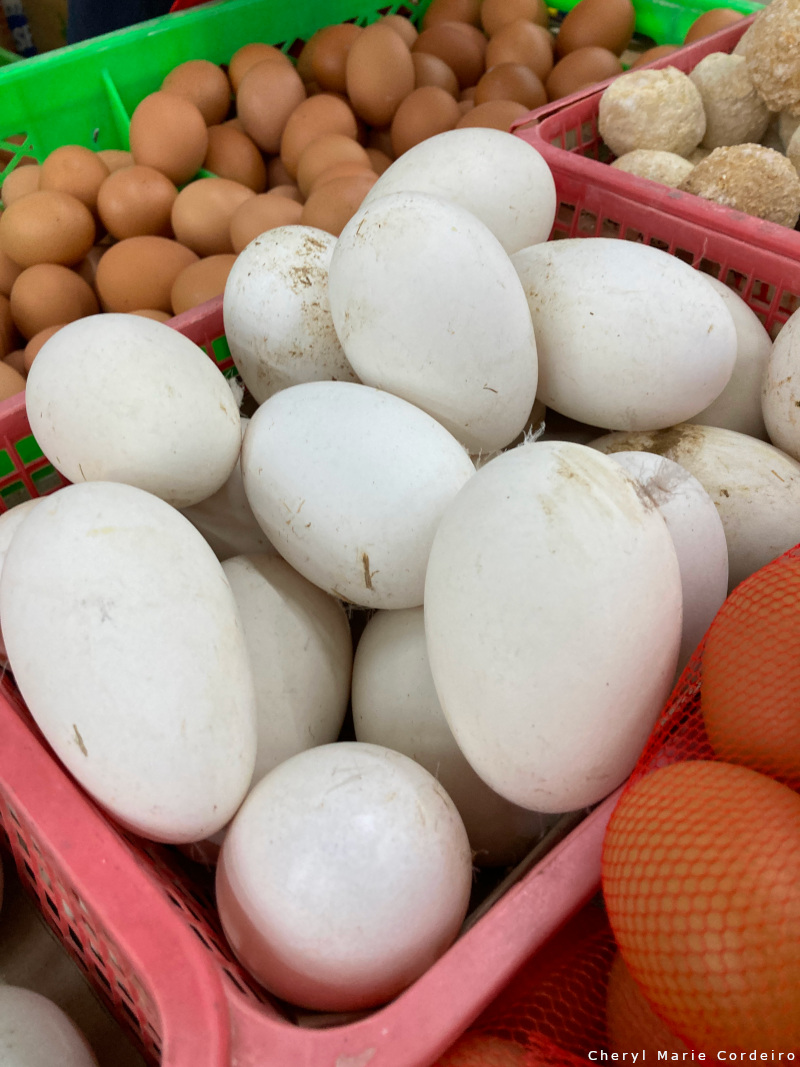
The egg stall featured two of my favourite types of eggs, duck eggs and goose eggs.
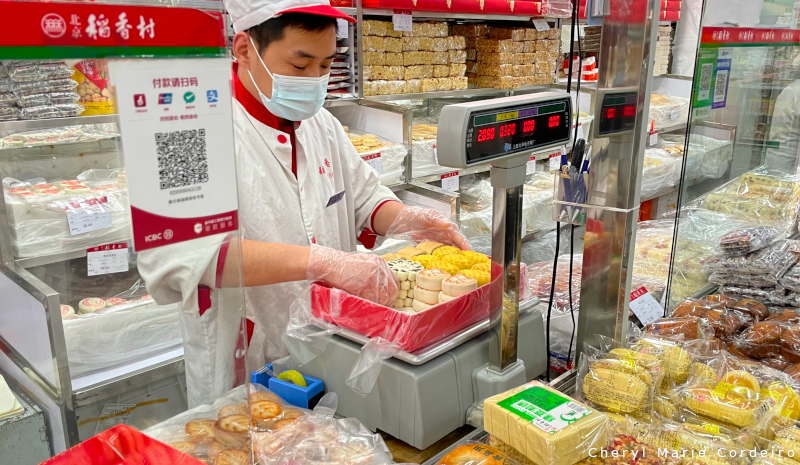
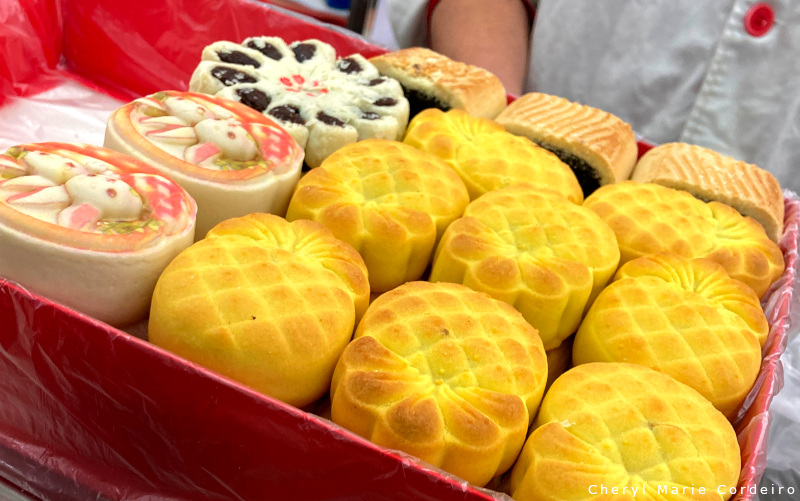
Some tradtional Beiing sweets and cakes that included pineapple cakes, Fènglí sū 凤梨酥. Absolutely delicious treats!
Liangmaqiao, Chaoyang, Beijing
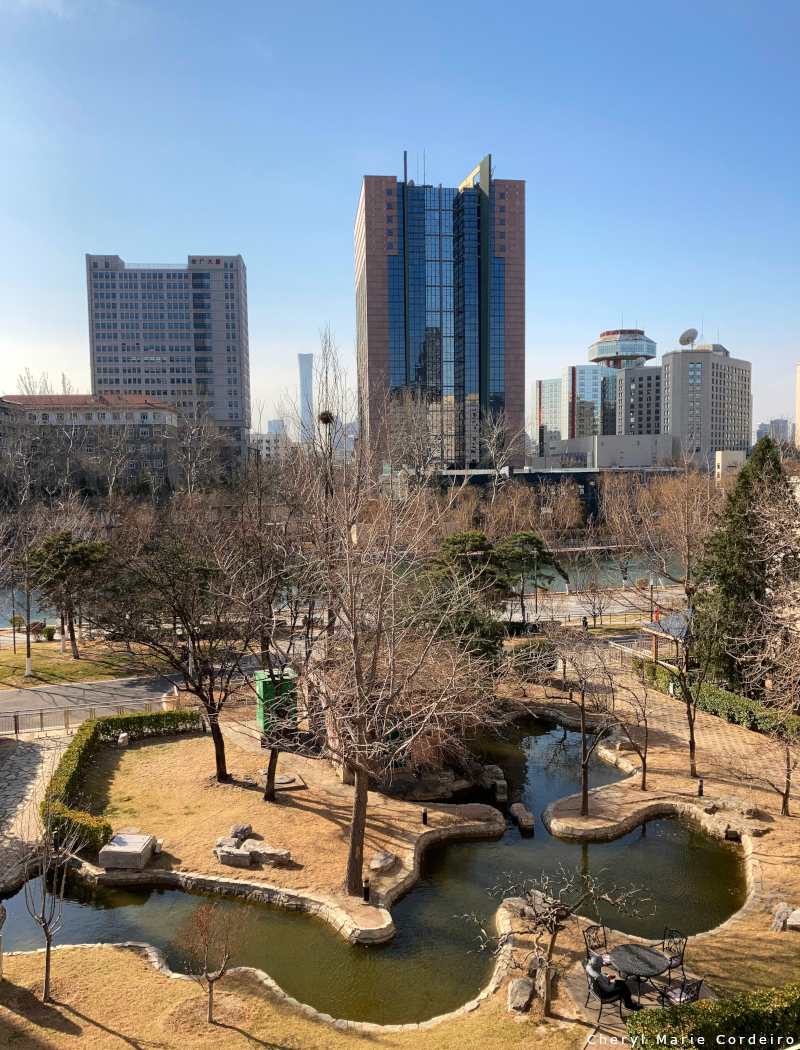
An azure sky and absolute serenity in midday, midweek, Beijing, China.
